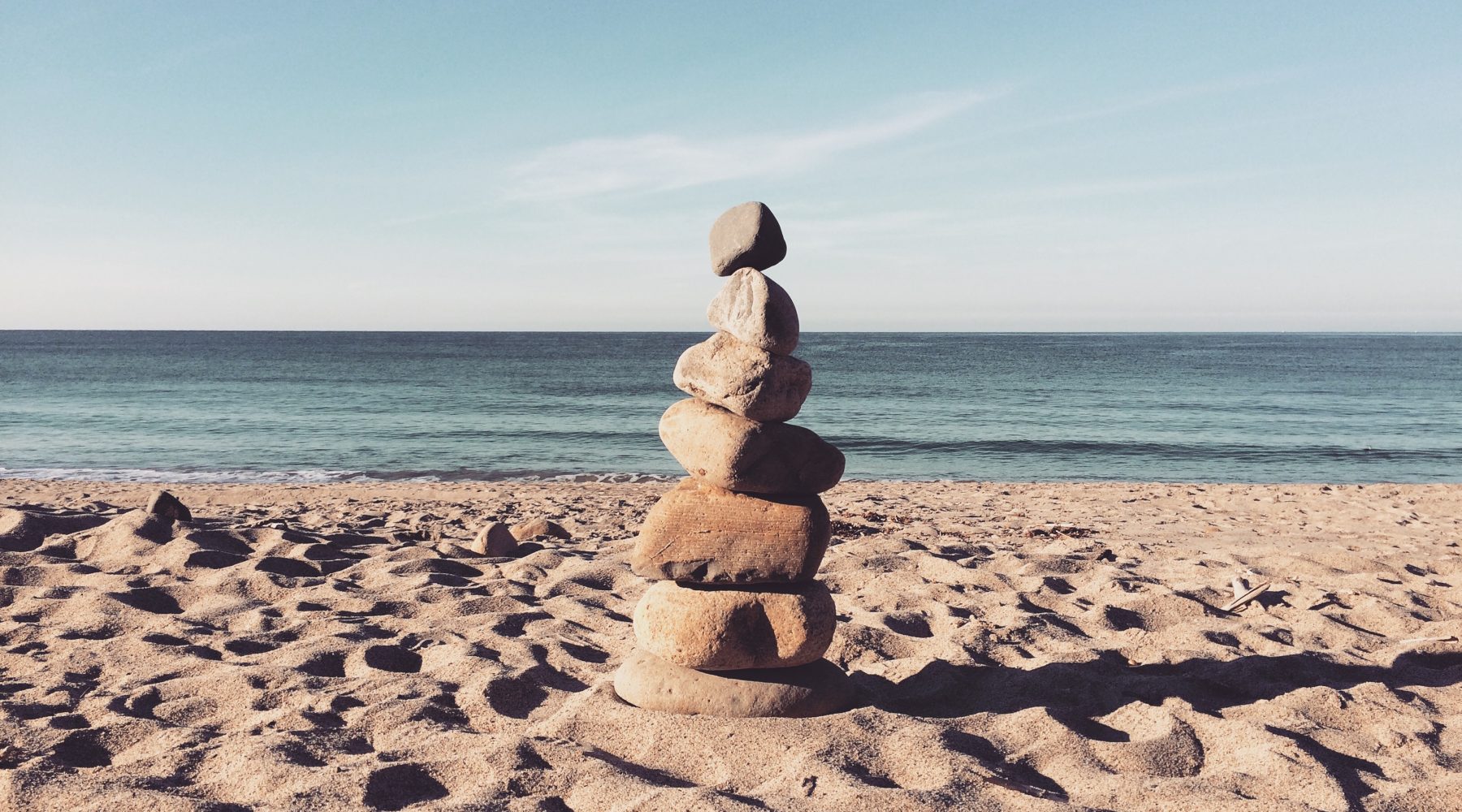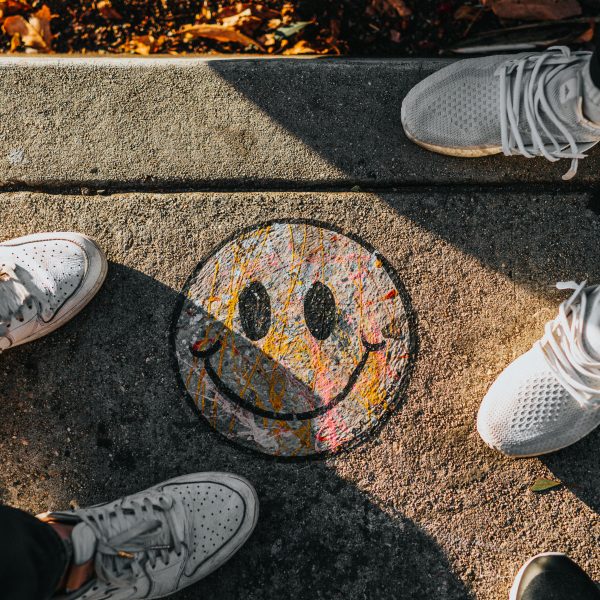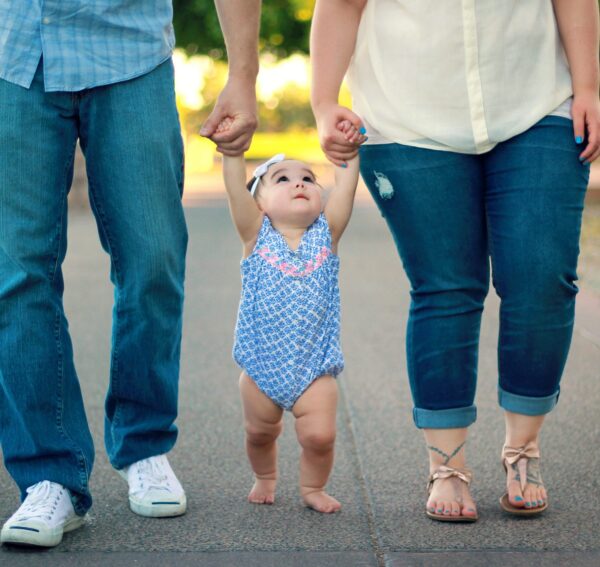ECEC services using yoga to support children’s behaviour

Many early childhood educators cite challenging behaviours in children to be one of the most taxing situations they face on a day-to-day basis.
As Kylie Wrigley, Director at Cranbourne Day Care & Kindergarten, has said, “Behaviours and situations which challenge educators can vary from inattention, hyperarousal, withdrawal, anger, frustration, learning difficulties, anxiety, Attention Deficit Hyperactivity Disorder, Oppositional Defiant Disorder and an overall lack of self regulation.
“Mix these behaviours with educators who are unsure of how to manage and we can end up with very stressful learning environments for not only children but educators as well”.
One of the possible solutions to supporting children is getting to know the brain.
Know the brain!
Our brains are hard-wired for survival, and our three core responses are fight, flight and freeze.
These responses date back to caveman times when all we had to do was eat, sleep, procreate and look out for danger. Living in this fast-paced world, most of us are experiencing a constant state of alertness without knowing how to calm down. We are constantly assessing our surroundings, ready to react at any given moment.
When we bring the fight, flight and freeze concept back to the early childhood education and care (ECEC) setting, we see children who are affected by a whole lot of stressors in their life; family, trauma, after school activities, traffic jams, overpopulation, fast food, poverty, and so on. Children communicate their response to these life stressors through their behaviour.
To understand how yoga works to support children to manage their life stressors, we must first understand the idea of how the brain functions.
The brain’s limbic system is made up of different areas and regulates emotions, memory, behaviour and arousal function.The limbic system is affected by heightened emotional states, which can present as stress, hostility and anxiety. These states occur because the child feels overwhelmed in their environment.
The prefrontal cortex is responsible for executive functions, such as planning, organising, attention and persistence. Development of these skills helps children to work out how their world works and how to cope in it.
When the limbic system and the prefrontal cortex aren’t working together, we end up with a conflicted brain that moves into stress mode more readily. In children, the conflicted brain stuck in stress mode presents as spikes in challenging behaviour.
The good news is that activities – such as yoga and mindfulness – have been shown to show changes in the activity of the prefrontal cortex through regular practice.
How does mind-body connection work?
As we focus on our breath we immediately start to calm the sympathetic nervous system – a system which is often ‘engaged’ in children struggling with regulating their behaviour. Conscious breathing can instantly decrease cortisol levels, which can in turn help us to reverse the symptoms of stress by moving from the sympathetic nervous system into the parasympathetic nervous system. We can alter our physiological state of being, by simply breathing and moving.
By introducing breathing exercises such as ‘bumble bee breath’ and ‘bear breath’ to children we are teaching children how to respond to their brain and body when they find themselves in heightened states.
Children soon realise that the butterfly feeling, sore tummy or fast-beating heart associated with heightened states, can be quieted by simply tuning into this sensation, and breathing purposefully. Feeling into the body helps us to listen and understand what is going on within ourselves.
Bring in the yoga
Children’s yoga looks very different from adult yoga.
Children’s yoga is fun, engaging, loud, quiet, games, poses, partner work, props, musical instruments, singing, dancing and much more. It focuses on respect for self, others and our environment.
Yoga introduces gratitude, an understanding of empathy and compassion develops focus and concentration. It has an underlying ability to develop cognitive function through every single movement, which in turn enhances social and emotional learning
Through yoga we develop the ability to increase our own body awareness as we focus on ourselves; it turns our attention inwards. It’s very hard to do tree pose when you’re moving around or looking at someone else!
As one educator from Cranbourne Day Care & Kindergarten noted after a singing bowl meditation for the first time, “My children have never been so calm during group time. Then after morning tea, still calm, I almost forgot to go to lunch. I had no clue what the time was!”
If one session, such as this, can create instant calmness, can you imagine an environment where we embedded yoga into our curriculum? As educators we have the capability to support children’s behaviour by teaching them simple tools that will assist them to cope in an ever increasing busy world as well as understanding how the mind, body relationship works.
Without connecting to our inner world, our outer world becomes a much more challenging place to be. Yoga is the perfect tool to enhance this connection.
Popular

Workforce
Policy
Quality
Practice
Provider
Research
ECEC must change now, our children can’t wait for another inquiry
2025-07-02 07:47:14
by Fiona Alston

Practice
Provider
Quality
Workforce
Leading with Curiosity: How distributed leadership is redefining the future of early childhood education
2025-07-03 07:42:07
by Contributed Content

Events News
Workforce
Marketplace
Practice
Quality
Provider
Research
An exclusive “Fireside Chat” with ECEC Champion Myra Geddes
2025-07-01 11:25:05
by Fiona Alston













